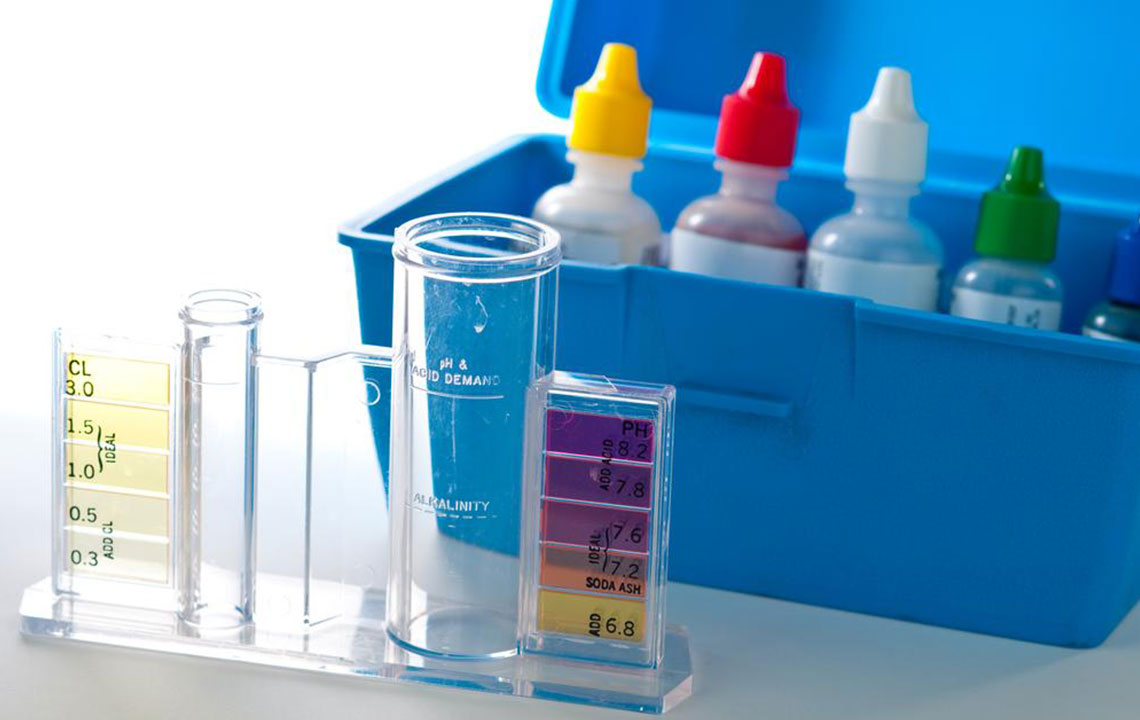Here’s How You Can Lower Uric Acid Levels

Uric acid is a natural waste product that results from the breakdown of crystalline compounds found in the body. Usually, uric acid dissolves in the blood and gets passed out in the form of urine. If your food contains high amounts of purine, the kidneys are unable to get rid of the excess amount of uric acid. When the uric acid levels in the blood become too high, it leads to serious ailments including gout. To prevent the formation or progress of gout, it is imperative that we maintain a well-balanced diet and have proper medication. To lower uric acid levels in the body, it is essential that some lifestyle changes are incorporated. Some of the ways that can help lower uric acid levels in the blood stream have been listed below.
Try to avoid beverages with fructose
High fructose drinks and soda consumption increase the risk of gout and should, therefore, be avoided. Fruit juices and sugary drinks should be eliminated from the diet.
Avoid alcohol
Since alcohol is responsible for dehydrating the body, limiting or entirely avoiding alcohol is the best way to lower uric acid levels in the body. Beer which is high in yeast content is responsible for increasing uric acid in the blood stream, wine, on the contrary, has little effect on uric acid levels.
Try to reduce inflammation
Often inflammation in the body can lead to the concentration of uric acid. To eliminate inflammation and lower uric acid levels, it is advised that you include foods with anti-inflammatory properties. You can also include diuretic foods that can alkalize the blood and reduce inflammation and uric acid.
Maintain a healthy body weight
Excess of body weight can be a result of having a high purine diet. However, at times rapid weight loss can also be one of the causes of high uric acid. In case you are overweight, it is important that you do not engage in any crash dieting but try to maintain a healthy body weight by getting involved in a weight-loss program.
Stay hydrated
It is crucial that you stay hydrated. Since the body quickly adapts to low water consumption it is essential that you are optimally hydrated so that uric acid can be eliminated from your system. Having plenty of water helps lower uric acid levels in the body by diluting it and stimulating the kidneys to pass the toxins and waste. Having at least 8-12 glasses of water is a good idea to eliminate excess nutrients from the diet. Adding lime to the water can additionally help get rid of uric acid.
Watch your Ph levels
High levels of acid in the blood can be associated with high uric acid levels. It is important to eat foods that can help relieve acidity.
Alter your diet
One of the best ways to lower uric acid levels is by eliminating foods that are high in Purine. Since purine is the chemical that is responsible for the formation of uric acid in the system, it is important you avoid eating meats and veggies that have a high percentage of the chemical. Usually, red meat, beans, organ meat, sea food, refined carbohydrates, asparagus, peas, cauliflower, mushrooms, and the like are food items that need to be avoided in case you have uric acid in your system. Some of the fruits that can help keep uric acid levels low have been listed below.
- Cherries
These have high amounts of anthocyanins which have anti-inflammatory properties that can help reduce uric acid levels. Cherries not only help neutralize acid but also prevents uric acid from getting deposited in the joints. About 200gms of cherries daily can help bring down soaring uric acid levels. - Berries
Strawberries, blueberries, and the like are fruits are great to include in the diet because of their anti-inflammatory properties.
- Apples
An apple a day would surely keep uric acid at bay. The malic acid in apples helps neutralize the uric acid and helps relieve patients with inflammation and high uric acid. Apple cider vinegar is a beneficial drink, which can be consumed with water to reduce uric acid.
- Fibrous foods
Studies show that adding high fiber foods to the diet can help lower uric acid. Fiber is known to absorb uric acid in the blood and eliminate it from the body. By increasing the consumption of dietary fiber, you can successfully reduce the level of uric acid. Broccoli, oranges, pears, bananas also benefit people diagnosed with high uric acid levels.
- Green tea
Consuming green tea on a regular basis can help reduce high uric acid levels.
- Omega 3
Foods with omega 3 include flaxseeds, fish, salmon, sardine, mackerel, and the like help reduces inflammation, swelling, and uric acid.
- Olive oil
Cooking in olive oil is a healthy option that can help you stay fit and lower uric acid levels in your blood stream.


